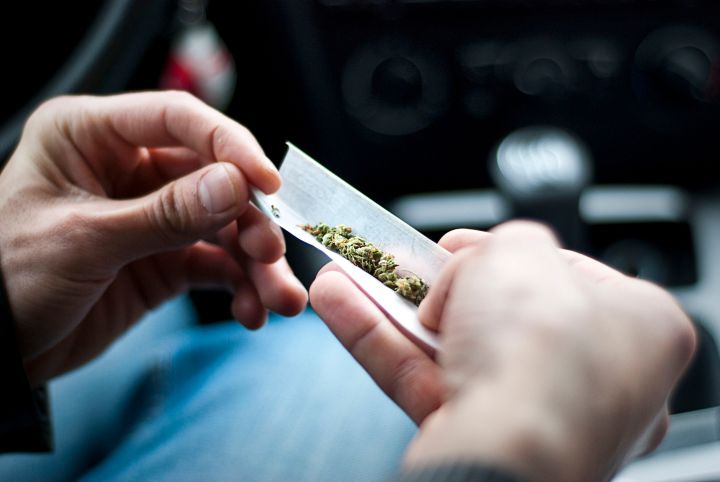
That could be about to change, however, due to a new saliva-based test developed in the laboratory of Shan Xiang Wang at Stanford University in California. The proof of concept study uses a magneto-nanosensor able to detect traces of marijuana in saliva as rapidly as three minutes. The test is based on the same competitive assay principle used in other drug testing, but makes novel use of magnetic nanoparticles and sensors to achieve better sensitivity and speed. To make the research useful for roadside testing is the fact that the sensor it requires connects via Bluetooth to a smartphone — meaning that there’s no reason to take saliva samples back to the lab for analysis.
“Detection of marijuana from blood or urine in a reference lab is not difficult, but it is difficult or impractical at the roadside,” Professor Wang told Digital Trends. “Most law enforcement officers are not authorized to take blood samples, while taking a urine sample on spot is extremely inconvenient. Detection of marijuana from saliva would bypass the trappings with either blood or urine samples.”
From here, Wang says that his lab will focus on turning the proof of concept demonstration into a fully-realized device that could be used by law enforcement. “We plan to build a user-friendly handheld device for roadside testing,” he noted. “It will take about another year.”
As medical and recreational use of marijuana becomes more widespread, law enforcement tools like this will prove more and more necessary. Hopefully the results will turn out to be just as important a safeguard as the arrival of the breathalyzer almost 90 years ago.


